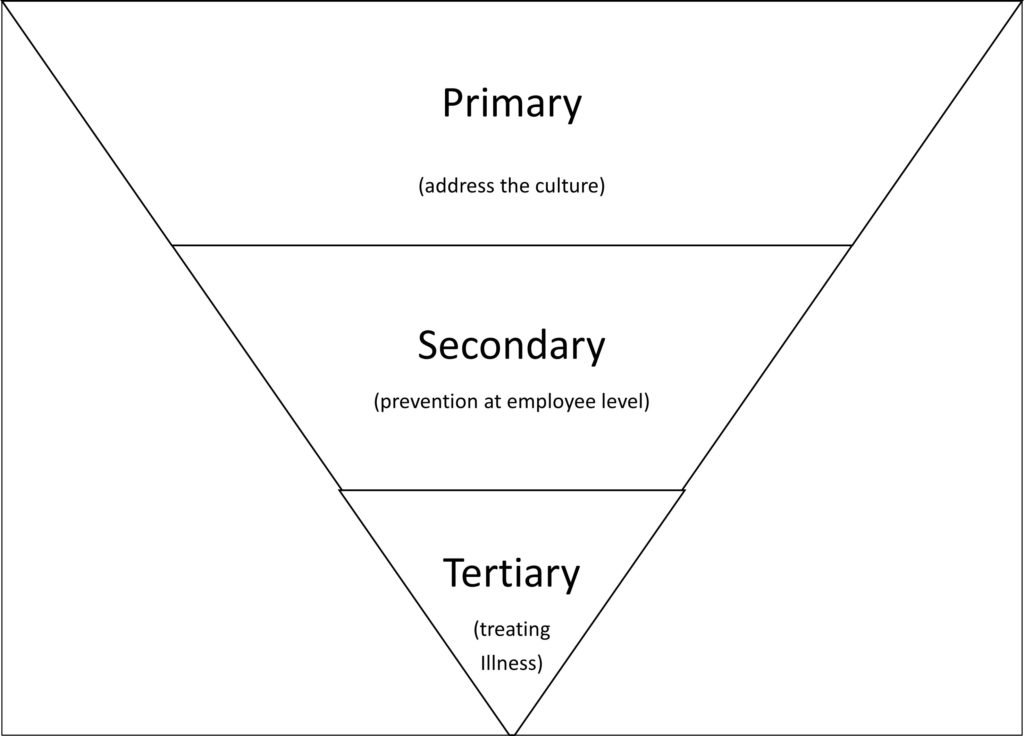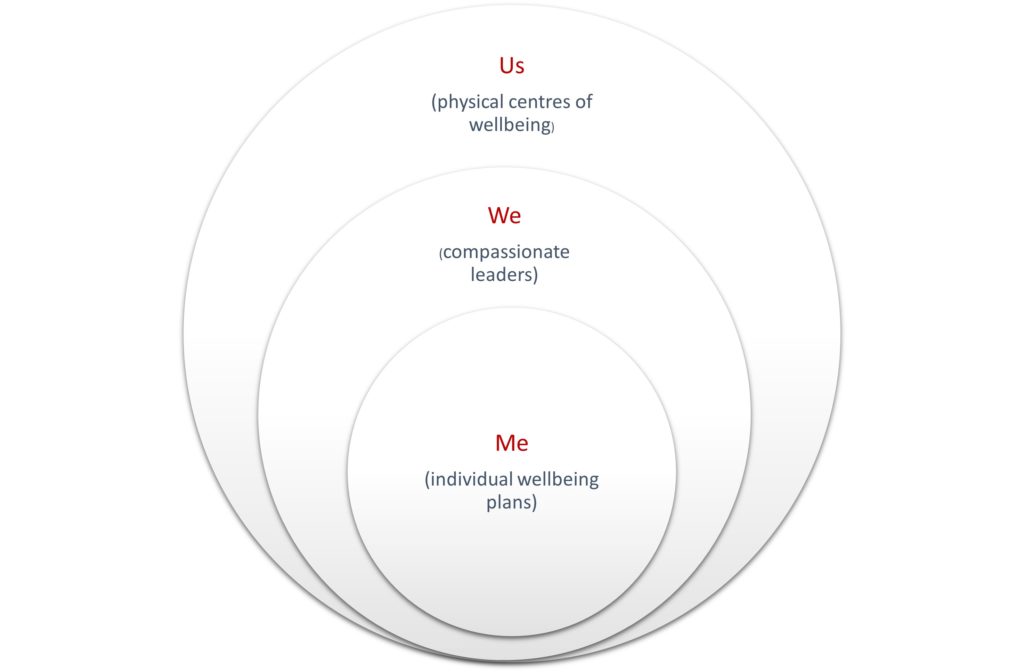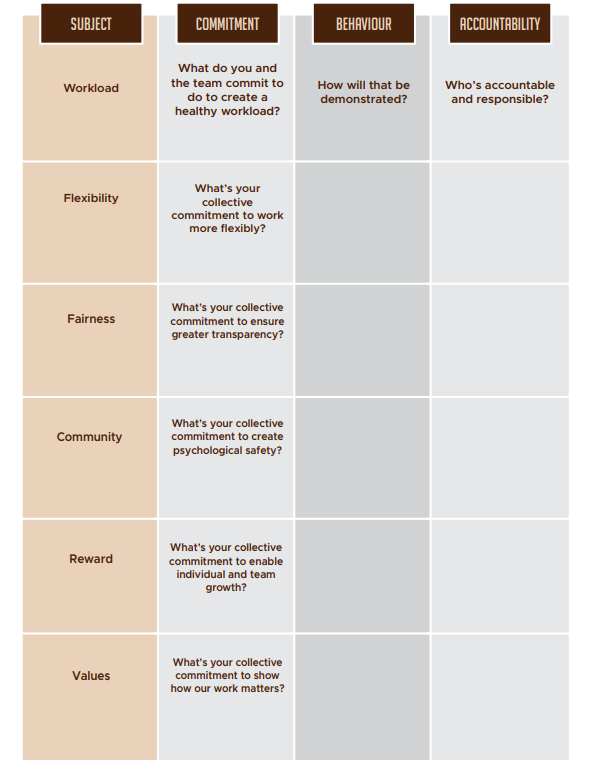With burnout on the rise in the NHS and local government employees self-reporting higher levels of stress related absence, is it time for a new approach to employee wellbeing that focuses on fixing the workplace rather than the keyworker?
Positive Psychology coach and burnout prevention specialist, Sharon Aneja, explores three key strategies for public sector employers to create more compassionate and inclusive workplaces where their people can thrive.
From Hero to Zero
“When the pandemic started I left my children with my mum and I kept working in the hospital. Back then it felt like all the staff were in it together and that management cared about us”.
“After the lockdowns finished, we got back to ‘normal’ working and it felt like all our sacrifices were forgotten. We weren’t a team anymore”.
“Now I just feel really down and burned out. Lots of my colleagues have left because they are fed up. I love being a nurse. But it doesn’t really feel worth it anymore. They keep telling us to take breaks, be more resilient and talk about how we feel. But who’s really listening? And how can I talk to senior management when they are part of the problem?” (May, NHS Nurse)
This example is being played out across the public sector. According to Gartner’s Chief of Research, Chris Howard: “People are motivated when they feel valued. Frontline workers in particular voice a desire to feel respected.”
Burnout is caused by bad management
The pervading narrative is that to treat burnout we need to treat the individual and ask them to take responsibility for their work behaviours.
Professor Dame Clare Gerada gave evidence at the House of Commons Health and Social Care Committee’s report into workforce burnout and resilience in the NHS and social care. She said: “no amount of resilience training or physical PPE will protect you from a toxic environment”
The reality is that burnout is predominantly caused by an unhealthy workplace.
In her research on burnout in the workplace, Christina Maslach, creator of the Maslach Burnout Inventory, identified six common causes of work burnout:
- Little control or lack of autonomy
- Insufficient rewards
- Lack of community
- Unfair treatment
- Values mismatch
- Work overload
These all point to inadequate training for managers which results in an unhealthy workplace culture.
Burnout is multi-layered so there is a responsibility for the individual to be aware of their stress triggers and to work on their belief systems about work.
However we can’t keep treating burnout as solely the responsibility of the individual. As one leading wellbeing expert recently said: “there’s no point giving people a bullet proof vest if employers are going to keep firing bullets at them.”
Burnout is everyone’s problem
At a recent Benefex conference, leading psychologist Gethin Nadin said: “We currently have an employee wellbeing industry that is based on treating sickness, where we wait for a crisis to intervene.”
It’s time to go beyond the EAP system of care and treat the causes with a more pro-active and integrated solution that treats the causes AND symptoms. The Health and Safety Executive’s solutions for stress in the workplace paint a clear picture of where our time and effort needs to be employed.

As Adam Grant said: “burnout is everyone’s problem” which means that this can’t just be left at the feet of HR or wellbeing leads. To really tackle the issue we need to work with Organisational Design teams alongside HR and other senior leaders to create a culture where the workplace becomes a positive force in people’s lives.
Me, We, Us
Using a very simple model from Positive Organisational Psychology we can begin to treat the causes of burnout across the organisation.

Me – personalised approach to wellbeing
We – compassionate leaders
Us – my organisation cares for me
Me: One size fits nobody
How you talk to the bin men in the council about stress and anxiety is vastly different to how you speak to the care workers and office staff or nurses in the NHS.
Step one: examine the data behind the causes of workplace stress and mental ill health. Ideally we need a combination of employee surveys, focus groups with coffee and cake and HSE’s stress assessments. Set agreed measures upfront from the data and then co-create solutions with your keyworker community that will enable buy in and a clear understanding of where the help is actually needed.
Step two: creating bespoke solutions for each of the keyworker groups. Think carefully about tone of voice, who delivers the training and when you engage with them.
For example placing posters on stress awareness on the dashboards of the refuse trucks for the binmen is far more effective than a 1 hour workshop on resilience. As is having a 4am conversation about bottling up feelings over bacon butties and a cuppa that borders on pub talk.
The same goes for creating mini mindfulness audio clips for nurses and care workers to enable them to care for themselves and prevent empathy burnout, a key issue for this group.
Keep the content hyper targeted and relevant for your audience and continue to iterate with feedback.
We: Compassionate leaders
Enabling leaders to develop coaching skills of empathy, compassion, active listening, building psychological safety will alleviate the causes of unhappiness and burnout in the public sector.
According to Our Frontline who gave evidence at the House of Commons Health and Social Care Committee’s report into workforce burnout and resilience in the NHS and social care “the evidence points towards poor working cultures and organisational factors being the biggest drivers of poor mental health for those working on the frontline.”
One of the most effective and simplest ways for a leader to create a healthy team dynamic is to create a team charter where behaviours and expectations are clearly communicated.
Using the 6 causes of burnout, try using this table with your teams:

Us: My organisation cares for me
How can we re-design some of the physical spaces that we work in so that wellbeing is brought to staff rather than them having to go in search of it on apps or calling a phone line? There’s already a growing movement in hospitals to create a safe space in the staff breakout rooms with meditation cards, gratitude jars and sofas where people can sit together and share their lives.
In Ottawa, Canada, Harley Street Healthcare have gone even further by creating an integrated health and wellness centre for hospital keyworkers where staff can access diagnostic testing, access to leading consultants, wellbeing solutions such as a scream room in the forest and a VR powered relaxation room.
Their visionary founder Sanjeev Kumar believes “You will always be your best investment. Your wellbeing will determine your self worth and your net worth. Empathy and compassion are key to building workplace cultures where employees feel cared for. One of our biggest learnings has been to give keyworkers somewhere private to express their stress and process their emotions.”
Conclusion
The pandemic has given us an opportunity to re-design the employee experience for keyworkers and shift our focus to attacking the causes of stress and mental ill health rather than just the symptoms.
As Desmond Tutu famously said:
“There comes a point where we need to stop just pulling people out of the river. We need to go upstream and find out why they’re falling in.”
The question is, how ready is your organisation to embrace the cultural changes needed to create healthier and happier workplaces for our keyworkers?
Sources
Workforce burnout and resilience in the NHS and social care, House of Commons Health and Social Care Committee
https://committees.parliament.uk/publications/6158/documents/68766/default/
Burnout taking its toll on NHS
https://www.bmj.com/content/377/bmj.o945#:~:text=All%20across%20the%20NHS%2C%20widespread,have%20soared%20again%20in%20England.
HSE solutions to tackle stress, primary, secondary and tertiary
https://www.hse.gov.uk/stress/standards/step3/developsolutions.htm
Adam Grant, Burnout is everyone’s problem
https://adamgrant.net/podcast/burnout-is-everyones-problem/
6 causes of burnout
https://hbr.org/2019/07/6-causes-of-burnout-and-how-to-avoid-them
Me, We, Us
Gartner: Employee retention
Our Frontline
https://www.headstogether.org.uk/our-frontline-launches-to-support-the-mental-health-of-key-workers/
Gethin Nadin talk on measurable employee wellbeing
https://www.youtube.com/watch?v=fDuTOo6ub7I
Harley Street Healthcare Group
https://www.harleystreetgroup.ca/
You might also be interested in this:
New Webinar: Key Workers – From Call Handlers to Cashiers – How to Provide Mental Wellbeing Support












